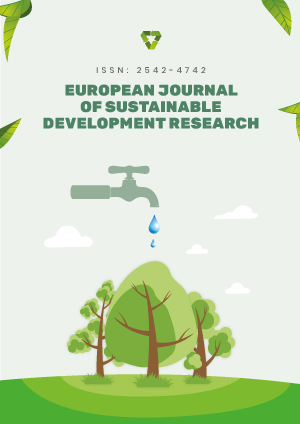Abstract
In Somaliland, a region vulnerable to recurrent droughts, conflict, and disease outbreaks, effective early warning systems (EWS) are essential for mitigating the impacts of disasters. This study assessed the effectiveness of Somaliland’s EWS in four climate-vulnerable regions, focusing on their functionality, community response, and systemic gaps. Employing a mixed methods design that integrated household surveys with qualitative data from key informant interviews and focus group discussions, this study used descriptive statistics, Chi-square analysis, and thematic analysis for data interpretation. The findings revealed that the EWS were only partially functional, demonstrating moderate success in hazard monitoring but significant failures in disseminating clear and timely warnings and enabling community response. Systemic gaps, including institutional weaknesses, fragmented coordination, inadequate resources, and operational failures, such as data inaccuracies and delays, hinder effective warning dissemination. Consequently, these deficiencies result in low levels of community preparedness and adaptive capacity. The analysis confirmed this vulnerability, showing that awareness of EWS is significantly lower among women and less-educated individuals, placing them at a disproportionately greater disaster risk. To enhance efficacy, this study’s recommendations include strengthening communication channels via appropriate mobile technologies, empowering local communities through targeted training and resources, systematically integrating indigenous knowledge with scientific data, and expanding the system’s scope to cover a broader range of hazards.
License
This is an open access article distributed under the Creative Commons Attribution License which permits unrestricted use, distribution, and reproduction in any medium, provided the original work is properly cited.
Article Type: Research Article
EUR J SUSTAIN DEV RES, Volume 10, Issue 1, 2026, Article No: em0344
https://doi.org/10.29333/ejosdr/17281
Publication date: 01 Jan 2026
Online publication date: 14 Oct 2025
Article Views: 1488
Article Downloads: 479
Open Access References How to cite this article
 Full Text (PDF)
Full Text (PDF)